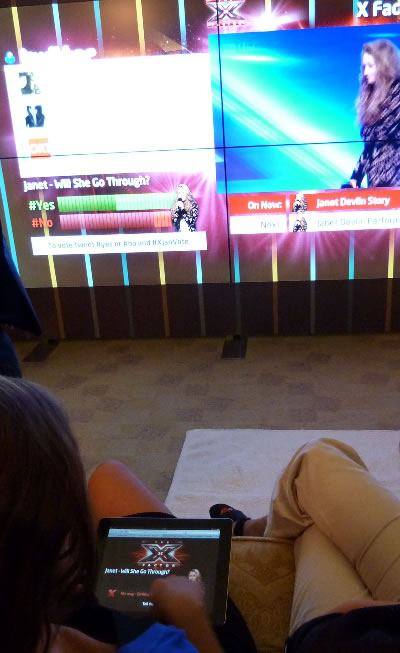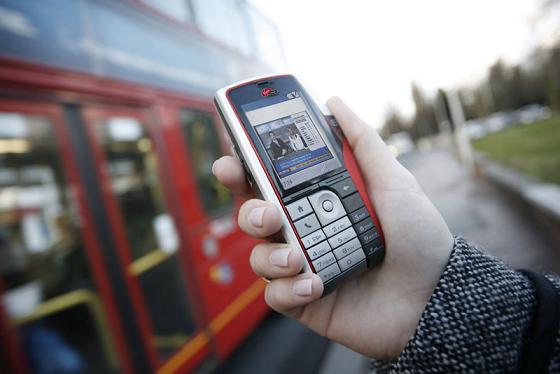A recent
NY Times report and some comments from the Washington Post's ombudsman suggest that the old professional journalism standards regarding political coverage are being abandoned.
The
Times report suggests that many top news organizations have agreed to give campaigns and politicians veto power over an important aspect of their reporting - what statements can be quoted and attributed by name.
Most reporters, desperate to pick the brains of the president’s top
strategists, grudgingly agree. After the interviews, they review their
notes, check their tape recorders and send in the juiciest sound bites
for review.
The verdict from the campaign — an operation that prides itself on
staying consistently on script — is often no, Barack Obama does not
approve this message.
Quote approval is standard practice for the Obama campaign's various operations, including most strategists and midlevel aides. The same applies for many cabinet positions and Congressional staff. As for the Romney campaign, they insist on quote approval for interviews with Romney's family members.
The Times piece suggests that despite concerns about the practice, most reporters and news organizations comply - major papers like the
New York Times and
Washington Post have publicly acknowledged their acquiescence, as have both Reuters and Bloomberg news agencies. Many more reporters and organizations interviewed for the piece did not want their acceptance of the practice on the record.
“We don’t like the practice,” said Dean Baquet, managing editor for news
at The New York Times. “We encourage our reporters to push back.
Unfortunately this practice is becoming increasingly common, and maybe
we have to push back harder.”
The report argues that
Under President Obama, the insistence on blanket anonymity has grown to new levels... Reporters who have covered the Obama presidency say the quote-approval
process fits a pattern by this White House of finding new ways to limit
its exposure in the news media.
The piece suggests that one reason for quote approval is that some senior Obama campaign representatives aren't always careful in their choice of words -
Jim Messina, the Obama campaign manager, can be foul-mouthed. But
readers would not know it because he deletes the curse words before
approving his quotes. Brevity is not a strong suit of David Plouffe, a
senior White House adviser. So he tightens up his sentences before
giving them the O.K.
The Obama campaign declined to make Mr. Plouffe or Mr. Messina available
to explain their media practices. “We are not putting anyone on the
record for this story,” said Katie Hogan, an Obama spokeswoman, without a
hint of irony.
At a time when candidates insist that "they didn't say that" or that they were quoted "out of context," giving them, or their representatives, the power to kill quotes, insert new (more 'correct') context into a quote, or remove attribution to hide their identity (and providing deniability) would seem to be a clear dereliction of journalistic duty.
The other issue has emerged from a situation at the
Washington Post. It began with an article alleging that Romney
may have "outsourced" jobs while at Bain Capital, and included several specific claims that were attributed to an Obama campaign spokesman. The Post's in-house fact checker originally gave the story 3 out of 4 Pinnochio's - arguing that while every specific allegation included in the article was false, that Romney still
might have outsourced jobs. (The Post did acknowledge that the specific claims were in fact not accurate, but still "stood by" their discredited story) Later, the same "fact checker" gave a pass to an Obama PAC ad for repeating the discredited claims, by arguing that they had accurately reported the story's claims - which he knew to be false, having already "fact checked" them.
That's where the
Post's ombudsman, Patrick Pexton, comes in. A number of readers asked about the apparent ethical discrepancy between finding an article (and its "facts") to be misleading and false, but not finding a political ad using that story's claims to be equally false or misleading. Following what seems to be normal practice for newspaper ombudsmen (who seem to see their job as defending their paper rather than applying some objective or ethical standard), Pexton acknowledged that the specific allegations did not support the "outsourcing" claims, but also defended the Fact Checker's autonomy in judging political ads and claims. When criticism increased, the two jointly announced that the
Washington Post's new official policy was that they would no longer 'Fact Check'
Post articles, or any political ad or claim that cited a
Post article as source.
As might be expected (at least by anyone with a background in ethics or journalistic norms and practices), the new policy was not well received by critics. The
Post's supposed arbiters of accuracy and ethics in politics and political coverage decided to finesse a serious issue by purposely ignoring it. Moreover, they did so in a way that provided campaigns (and reporters and editors) a blueprint for how to mislead and slander with (apparent) impunity. Any claim, no matter how ridiculous or outrageous, that makes it into a Post article will purposely remain unexamined and unchallenged by the
Post's self-proclaimed vaunted Fact-Checking operation.
The policy may give campaigns and politicians the appearance of
impunity, and it may prevent other cases of apparent double standards
from happening - but in doing so, the policy puts the news organization at considerable risk. I hope the
Post's lawyer gets to these two quickly, and explains how publicly proclaiming that possible falsehoods will not be checked for validity or accuracy, intentionally and as a matter of policy, can be argued in court as showing "a reckless disregard for truth" - one of the standards for actual malice that can place news organizations at risk for libel judgments, even against public figures. It should be interesting, and enlightening, should someone pursue a libel claim against the
Post for publishing one or more of the myriad slanders that emerge during political campaigns in an article, particularly if the "Fact Check" implicitly supports the slander by failing to challenge it then, and allows the damage to compound as others repeat the libel or slander as being under the imprimateur of the
Washington Post.
Sources -
Latest word on the Trail? I Take That Back,
New York Times


















